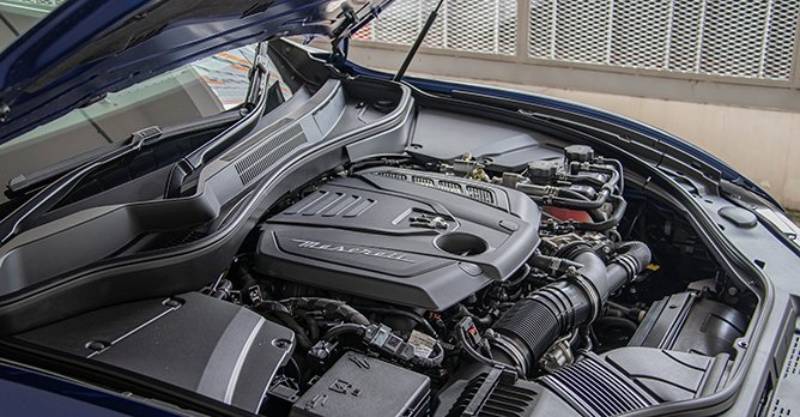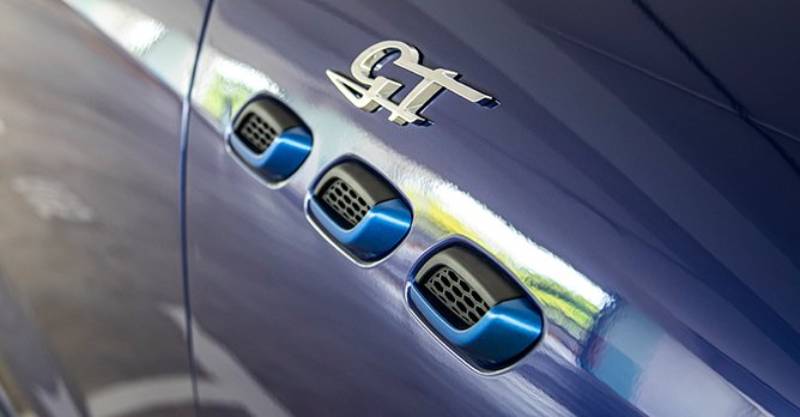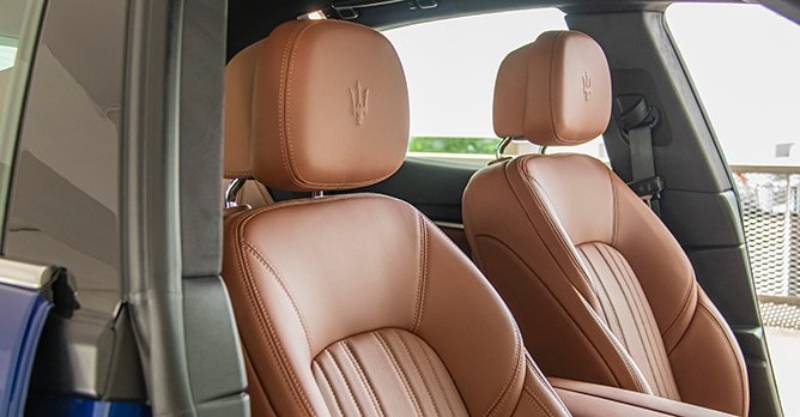Car review: Maserati Levante GT 2.0 engine brings added efficiency without compromising performance



The 2.0-litre engine brings added efficiency to the Levante without compromising performance much. Curious that it isn't priced cheaper, though.
The Levante, Maserati's SUV offering, has been around for some time already. Since its initial launch, we've had a number of engine options - a diesel, a V6, and even a V8 as well.
Now, there's yet one more choice on offer - a mild-hybrid 2.0-litre powertrain in this GT guise.

The big question, of course, is whether a 2.0-litre engine is sufficient for what is a pretty sizeable SUV. And the simple answer is yes, it is.
The engine produces 326bhp and 450Nm of torque, and those figures are actually not too far off from the V6 (which produces 345bhp and 500Nm of torque). And because this variant is a little lighter, it actually has the same 0-100km/h timing as the V6 model (both do it in a healthy six seconds).
So, driven sensibly, the engine is smooth, puts out good amounts of power, and just works. Admittedly, it's not the most exciting-sounding engine, and some may lament that the whole point of a Maserati is that it should sound good. The V6 or V8 certainly sound the part, but then again, this is an SUV after all. Not exactly traditional Maserati territory.

That said, put the car into Sport mode and the exhaust note very notably perks up. Drop a couple of gears, give it the beans and it actually makes a rather sporty soundtrack, including a detectable burp when you upshift.
The upside of a downsized engine, of course, is efficiency. Coupled with a 48V mild-hybrid system, fuel economy improves by about 21 per cent compared to the V6. The lower road tax is also a plus.
Beyond that, the rest of the car remains unchanged. The ride is pretty good, soaking up bumps well. The steering is on the lighter side, which is actually useful as the car is pretty big and it relieves some of the effort required to steer.

As far as the rest of the car goes, it is 95 per cent the same. The only differences are some blue accents on the exterior, such as on the side air ducts and within the Maserati logo on the C-pillar, as well as the GT badging above the side air ducts.
The interior will wow you with its sense of luxury, thanks to generous plush leather throughout. The seats are particularly nice to sit in. The headliner is clothed with a Alcantara-like material that's lush to the touch. I also like the stitching of the leather on the door panels.
What won't wow you, though, is the equipment. This is a slightly older car after all, so in the context of 2022 cars it does feel dated. There is wireless Apple CarPlay, but at least on the test car, that was a little buggy.

The infotainment interface has been updated and simplified slightly, so it's a tad more functional and accessible, but still far from next generation. The steering wheel controls also feels dated - you can't even adjust volume from the steering wheel.
[[nid:569862]]
Everyone wants to get in on the SUV pie. Maserati is no different. This 2.0-litre engine offers buyers a slightly more practical and sensible choice that's cheaper to run, without taking away from the styling and interior lushness that the Levante delivers.
It's a left-field choice, certainly, but if you're looking for a luxury SUV that's not typically German, British or Japanese, then a car like this would make sense.
The only thing that doesn't make as much sense? This variant is the priced the same as the V6 one. Weird.
This article was first published in sgCarMart.